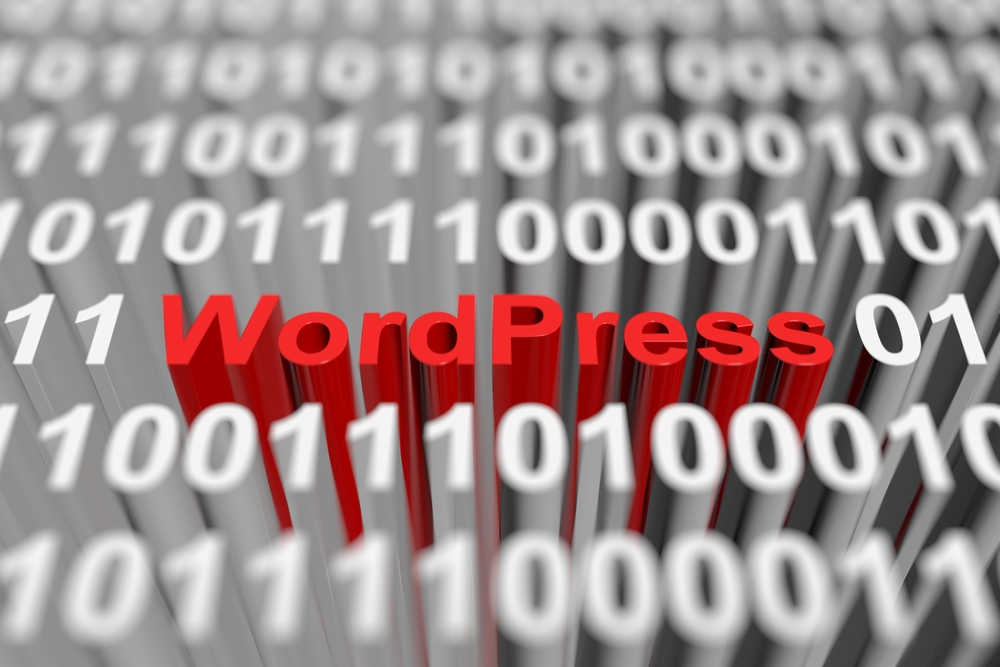
The Ultimate Guide to Creating Engaging and Successful Blogs in 2021

Are you looking to start a blog or enhance your existing one in 2021? With the ever-evolving digital landscape, it's important to stay up-to-date with the latest trends and strategies to ensure your blogs are engaging and successful. In this ultimate guide, we'll provide you with everything you need to know to create compelling and effective blog site that will capture and retain your audience's attention.
Setting Goals and Identifying Your Niche
Before you start writing your blogs, it's important to define your goals and identify your niche. What is the purpose of your blog? Who is your target audience? What topics will you be covering? By answering these questions, you can create a clear direction for your weblog website and tailor your content to meet the needs and interests of your readers.
Creating High-Quality Content
One of the most important aspects of a successful blog is high-quality content. Make sure your blog website are well-researched, informative, and engaging. Use a mix of text, images, videos, and infographics to make your content visually appealing and easy to consume. Don't forget to proofread and edit your posts to ensure they are free of errors and typos.
Optimizing for SEO
To increase the visibility of your weblog and drive organic traffic to your website, it's essential to optimize your content for search engines. Use relevant keywords, meta tags, and internal links to improve your blog's ranking on search engine results pages. Additionally, consider including multimedia elements, optimizing your website's loading speed, and creating mobile-friendly content to enhance your SEO efforts.
Promoting Your Blogs
Writing great content is only half the battle – you also need to promote your weblog site to reach a wider audience. Share your posts on social media, engage with your readers through comments and discussions, and collaborate with other bloggers or influencers in your niche. Guest posting on other websites and participating in online communities can also help you drive traffic to your blog and increase your online presence.
Engaging with Your Audience
Creating a successful blog is not just about attracting new readers – it's also about engaging and retaining your existing audience. Respond to comments and feedback, encourage discussions, and ask for input or suggestions from your readers. Building a community around your blog can help you establish a loyal following and turn your readers into brand advocates.
Monetizing Your Blogs
If you're looking to monetize your blogs, there are several strategies you can explore. Consider incorporating affiliate marketing, sponsored posts, display advertising, or selling digital or physical products. Keep in mind that monetization should not compromise the quality or integrity of your content – always prioritize providing value to your audience.
Frequently Asked Questions
Consistency is key when it comes to blogging. Aim to post new content regularly, whether it's once a week, twice a week, or once a month. Find a posting schedule that works for you and stick to it to maintain reader engagement.
There is no one-size-fits-all answer to this question, as the ideal length of a blog post can vary depending on your niche and audience. Generally, aim for a word count of at least 600-800 words to provide sufficient value and information to your readers.
Brainstorming new blog ideas can sometimes be challenging. Consider analyzing popular topics in your niche, researching trending keywords, or seeking inspiration from other blogs or websites. You can also ask your audience for input or feedback on what they would like to read about.
Yes, incorporating images, videos, and other multimedia elements in your blogs can enhance the reader experience and make your content more engaging. Visual content can help break up text, emphasize key points, and attract and retain readers' attention.
There are several metrics you can use to gauge the success of your blogs, including website traffic, engagement rates, social shares, and conversion rates. Use tools like Google Analytics to track and analyze these metrics to understand what is working well and where there is room for improvement.
Other useful resources